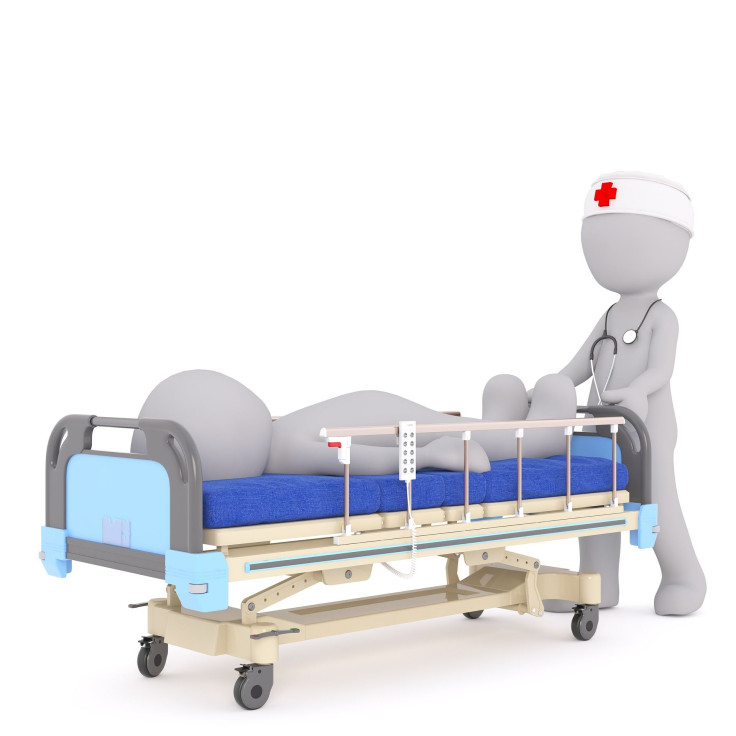Bedside Sitters Don't Help Reduce Hospital Falls, New Study Says
KEY POINTS
- >700,000 hospitalized patients fall each year
- Bedside sitters have been employed to watch patients who are at high risk of falls
- A new study points out that not only are they effective at preventing falls but are also quite expensive
Falls are a very common and devastating problem occurring in hospital care, especially among older patients. More than 700,000 hospitalized patients fall each year, according to the U.S. Agency for Healthcare Research and Quality. Bedside sitters are hired to look after patients who are at high risk for falls. But, they are expensive and their effectiveness at preventing hospital falls has remained unclear.
Researchers from the Indiana University School of Medicine reviewed pieces of evidence about the effectiveness of hospital sitters and other alternatives on patient falls in acute care hospitals.
According to the lead researcher Dr. Cathy Schubert, falls are a particular problem among elderly patients, particularly those suffering from dementia or delirium. Bedside sitters are employed to keep a close eye on these patients and help prevent falls. Several hospitals in the U.S. have employed nurses or equivalent staffs to stay alongside the patients who are at high risk of falls, help them in and out of their beds and ensure that they move safely around the hospital room.
The research team studied published medical literature and found 20 studies that met the inclusion criteria and only two of them included bedside sitting to a hospital’s standard care to find out curbed fall rates. One study found a 50% reduction in falls.
The findings of the study suggested that, despite a compelling rationale, there is very little evidence to prove that bedside sitters included in usual care reduced falls.
“The rationale for the use of sitters to prevent falls is compelling and it seems premature to conclude that their use should be abandoned. Instead, better studies are needed, specifically, ones testing alternatives to sitters,” U.S. News quoted Schubert. "The answer is not to keep patients in bed. We want to keep them safe, but we also need to maintain their functioning by getting them up and moving," she added.
Hospitalized patients and their families should be aware that fall prevention is critical, but so is getting out of bed and moving around in the hospital room. The researchers also highlight the fact that being stuck in a hospital bed can lead to several problems including muscle loss, deconditioning and blood clots in the legs.

© Copyright IBTimes 2025. All rights reserved.






















